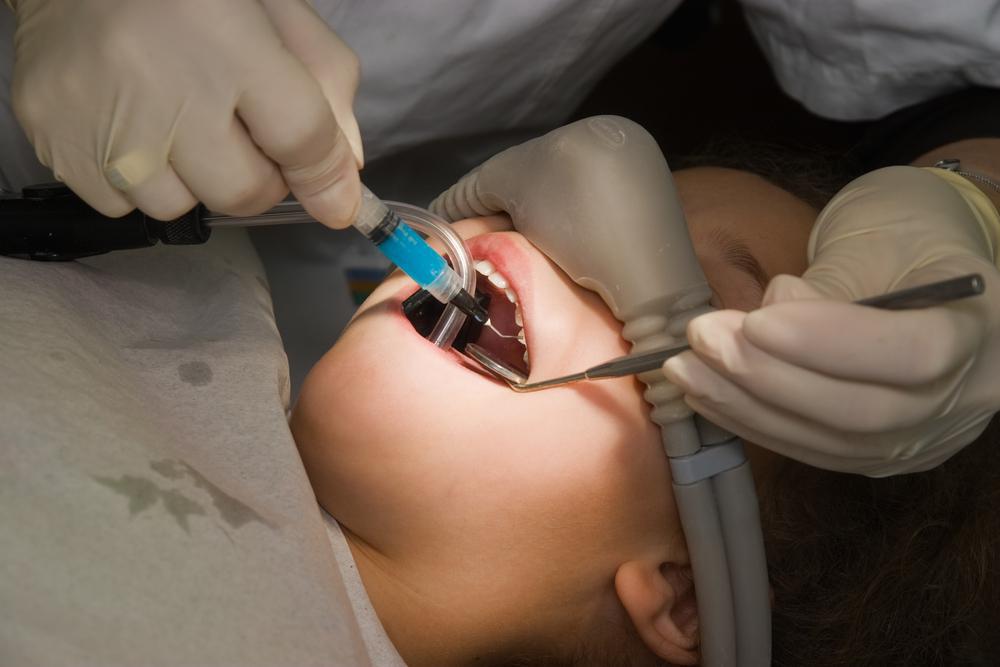Having your wisdom teeth removed is not a pleasant experience, but it is necessary to avoid preventing dental problems from developing in the future. Wisdom teeth, also known as third molars, develop later in life, and there is often not enough room in your mouth for them to fit in comfortably.
Sometimes these teeth can get stuck underneath another molar, causing pain and crowding. Your child may be nervous about the procedure and guiding them through the process may seem like a difficult task. The good news is that putting your trust in the right dental specialist can help ease some of that stress.
Our team of experts at Sunrise Dental of Spokane located in Spokane and Spokane Valley, WA, are prepared to address your oral health concerns and any discomfort associated with painful wisdom teeth.
Why is wisdom tooth extraction done?
Wisdom teeth are located at the back corners of your mouth on the top and the bottom. These teeth usually begin coming in between the ages of 17 and 25. Impacted wisdom teeth don’t have enough room to grow and can develop improperly.
If a wisdom tooth grows at an angle, it will cause crowding, which can result in problems like periodontal disease, tooth decay, damage to a nearby bone, sinus pressure, inflamed gums, cavities, or the development of a cyst around the wisdom tooth.
Asymptomatic wisdom teeth are still at risk for infection and may lead to other more severe complications. X-rays can help reveal whether or not they might be problematic prematurely.
What to expect
Having a good understanding of the tooth extraction process can make the entire experience less stressful for both you and your child. Working with one of our dedicated oral specialists ensures that you will both be adequately prepared to go through the procedure.
To prepare for surgery, you should feel comfortable asking questions that might ease some of your concerns. Introducing your child to their dentist before the surgery is another strategy that could help familiarize your child with the process. One of our dentists will explain the procedure, helping your child understand why the procedure is necessary.
The extraction will be performed in-office and begins with administering a local anesthetic around the area. During the extraction process, one of our dentists will make an incision in the gum tissue to expose the tooth and bone. If there is a bone blocking access to the root of the tooth, this will be removed.
The tooth will then be divided into pieces and removed. The area will be cleaned of any debris and the wound closed with stitches. Gauze will be placed over the site of extraction to control bleeding.
After the procedure, your body will begin to try and heal itself, which means that your child should engage in plenty of rest. Keep your child’s head elevated as they sleep to reduce swelling and manage painful symptoms. Over-the-counter pain relievers like Tylenol may be helpful in relieving pain as well as holding a cold ice pack against your jaw.
Avoid strenuous activity or exercise for at least a week, and be sure to drink plenty of water. Avoid excessive spitting and do not brush your teeth or use mouthwash for the first 24 hours after surgery. Rinse your mouth with warm salt water after meals for about a week. Be sure to feed your child only soft foods for the first few hours after surgery. If your child has stitches that must be removed, be sure to schedule a follow-up appointment to have them taken out.
Results
If you do not require stitches to be removed, then you might not need to schedule a follow-up appointment with the doctor. However, if any complications arise as a result of the procedure, such as persistent bleeding, swelling, numbness, or pain, you should contact our office immediately.
If your child needs to have a wisdom tooth removed, call our office to request an appointment.

